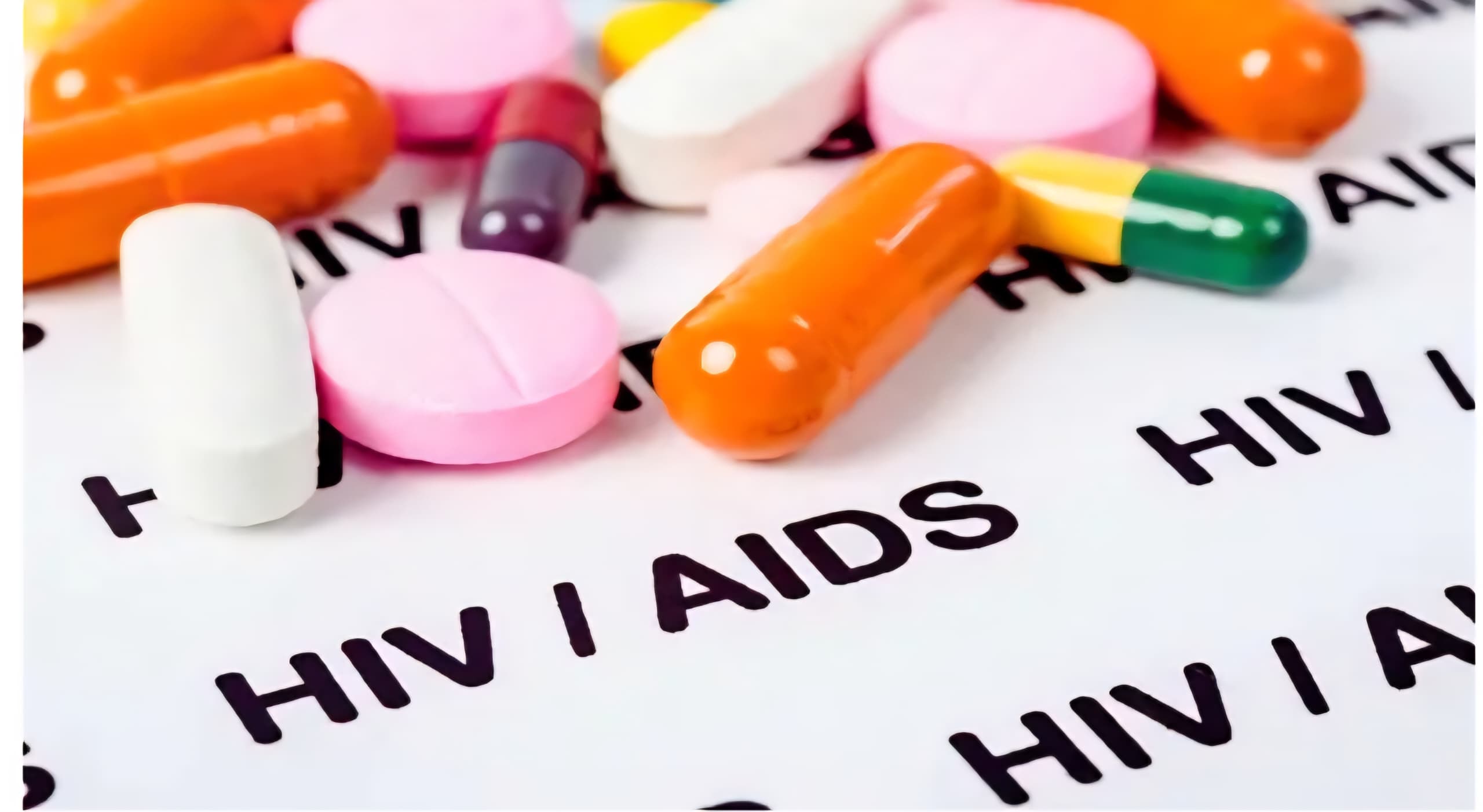By Oluwafunke Ishola
Margaret’s world took a dramatic turn the day she pricked herself with a contaminated needle while caring for a patient.
As a dedicated healthcare worker, she had always put others first, but now she couldn’t shake the nagging fear that her selflessness might have come at a terrible cost.
The days ticked by like hours, each one an agonising wait for the test results that would determine her fate.
When the news finally came, Margaret felt like she’d been punched in the gut – she was HIV positive.
The diagnosis was a harsh reminder that even the most vigilant among us can fall victim to circumstance.
As of 2024, no fewer than 40.8 million people worldwide were living with HIV, a portion of whom were health care workers, says the UNAIDS.
According to the Federal Ministry of Health, over 100,000 children and nearly two million adults are living with HIV in Nigeria, ranking as the fourth globally.
Human immunodeficiency virus (HIV) is a virus that attacks the body’s immune system. Without treatment, it can lead to AIDS (acquired immunodeficiency syndrome).
There is currently no effective cure, but proper medical care can control the virus.
People Living with HIV (PLHIV) in Nigeria face several challenges including stigma and discrimination from the public and healthcare workers, limited access to healthcare services due to financial and logistical barriers, poor understanding of antiretroviral therapy (ART) side effects, among others.
A Ray of Hope
In spite the challenges, several public-private interventions have brought hope and empowerment to countless individuals living with HIV, enabling them to manage their condition, rebuild their lives, and thrive.
Noteworthy is the Accelerating Control of the HIV Epidemic in Nigeria (ACE-6) Project, a USAID/PEPFAR-funded initiative designed to fast-track HIV epidemic control in the states of Bayelsa, Edo, and Lagos.
This life-changing intervention, implemented by Heartland Alliance LTD/GTE (HALG), leveraged evidence-based, high-impact interventions that focused on HIV prevention, case finding, care, and treatment, ensuring improved health outcomes for the general population.
Over the span of the five-year project, HIV testing services were provided to more than 2.1 million individuals, identifying 34,087 people living with HIV, many of whom had never known their status before.
In a remarkable achievement, 99 per cent of these individuals (33,804) were successfully linked to care and began treatment.
Among them were 3,631 pregnant and breastfeeding women who received antiretroviral therapy, helping to stop the virus from passing to their babies.
The ACE-6 project addressed the HIV epidemic with a broad, system-wide approach. It didn’t just provide care; it built capacity.
The project strengthened integrated services across adult and paediatric HIV care, TB/HIV co-management, prevention of mother-to-child transmission (PMTCT), and cervical cancer screening.
It supported laboratory systems with improved viral load testing and introduced performance monitoring tools that ensured services were delivered effectively.
For people living with HIV, timely access to viral load test results helps ensure that antiretroviral therapy is working to suppress the virus, keeping the immune system healthy, and achieving an undetectable viral load, which makes it impossible for the person to transmit the virus to others.
Implementation of the ACE-6 project at the Nigeria Institute of Medical Research (NIMR), ushered in a wave of innovation at the NIMR Mega PCR Lab, helping reduce critical turnaround time for viral load test results from 30 days to just three days.
Prof. Oliver Ezechi, Director of Medical Research at NIMR, disclosed that the ACE-6 project contributed to strengthening health systems, including laboratory systems, by improving laboratory capacity and innovations—evident in the achievement of reducing viral load turnaround time.
“Between 2022 and April 2024, NIMR’s Mega PCR Lab processed 715,409 viral load samples, operating at a daily capacity of 2,000 tests. That alone makes it a national reference point for laboratory performance.
“This indicates investments in laboratory strengthening and potentially adopting new technologies and processes for faster, more reliable results.”
According to him, emphasis on data management systems and community-based programming ensured that ACE-6 promoted improved data collection, quality assurance, and operational research to inform programme adjustments and policy decisions.
“Prior to the ACE-6 intervention, the institute’s Mega PCR Laboratory, which serves 173 health facilities across five states in Nigeria, faced serious bottlenecks.
“Delayed sample processing, equipment issues, and logistical challenges created setbacks in treatment decisions for thousands of patients.”
Ezechi emphasised that the project restored confidence in the system, improved patient care, set a new benchmark for laboratory excellence and accelerated progress towards national and global goals to end AIDS by 2030, with measurable improvements in service coverage and health outcomes.
Besides, Dr Oladipupo Fisher, Lagos State HIV/AIDS Programme Coordinator, affirmed ACE-6’s impact in the state through its provision of HIV response in 11 local governments and linking over 50,000 people to treatment.
He emphasised that the project supported capacity building for healthcare workers to improve quality of care, ensuring that HIV prevention services are provided in line with the National Guidelines, assisting in reducing the transmission of HIV in line with the 2030 global target.
“The ACE-6 project actually aligned with the state’s strategic plan for HIV and AIDS response, which contributed towards achieving some of the activities and interventions outlined in the state’s five-year strategic plan for the period the project was implemented in the state.”
Lauding the project’s impact on expanding differentiated service delivery models, ensuring that people could access care in ways that were community-centred, flexible, and stigma-free.
Fisher explained that local ownership and sustainability were at the heart of the project’s model ensuring its integration into the state’s health system to strengthen retention in care and sustain HIV epidemic control.
According to Dr Amaka Ezeadikwa, Bayelsa State Programme Lead, ACE-6 project faced immense obstacles in the state, pointing to the team’s resilience and adaptability in developing context-specific solutions, which assisted in overcoming the challenges, kept the project on track, and ensured accomplishment of its goals.
“Floods in late 2022 submerged entire communities for over six weeks.
“But ACE-6 responded swiftly using Zipline drone deliveries, building mobile clinics on canoes, and creating spoke sites to sustain health services throughout the crisis.”
Ezeadikwa asserted that the project’s strategic engagement with traditional rulers, youth leaders, Traditional Birth Attendants (TBAs), and community volunteers built deep trust and expanded reach especially into riverine and underserved communities.
According to her, the ACE-6 project in Bayelsa achieved remarkable results across key HIV indicators, despite operating in one of Nigeria’s most logistically difficult states.
Highlighting the success to include linking newly diagnosed individuals to care at a remarkable 98 per cent rate, boosting PMTCT services to exceed 100 per cent of the state’s annual targets in 2024 and the availability of essential supplies throughout the project’s final year.
“Over the past two years, the programme consistently achieved more than 95 per cent Continuity of Treatment (CoT), a strong marker of retention.
“Since the second quarter of 2023, viral suppression levels have remained above 95 per cent, meaning the majority of clients had an undetectable viral load, reducing both illness and transmission risk.”
Furthermore, Ezeadikwa added that over 500 frontline health workers across all eight LGAs of Bayelsa received hands-on training in critical areas including clinical HIV care, TB/HIV co-infection management, PMTCT, nutrition, and data reporting.
“We knew capacity building wasn’t optional. It was central to sustainability,” said Ezeadikwa.
Dr Majekodunmi Omololuoye, Deputy Chief of Party, ACE-6 Project, laid the path forward to include sustainable health system strengthening efforts, such as training government staff, integrating them into service delivery and monitoring, and documenting processes for scale-up.
To build on ACE-6 project momentum, experts recommended scaling up innovative testing and linkage models, such as risk stratification, to improve case detection efficiency across broader regions, strengthening laboratory infrastructure and adopting rapid diagnostics to sustain improvements in viral load testing and other laboratory services.
They highlighted expanding community-based and decentralised treatment models to improve ART retention and viral suppression, especially among hard-to-reach populations and improving integration of HIV services with TB, cervical cancer screening, and mental health to provide comprehensive care.
They also called for developing policies that eliminate structural barriers such as user fees and stigma, informed by operational research findings.
Emphasising that stakeholders must collaborate to ensure sustainable funding with governments prioritising investments for HIV programmes to prevent service disruption and ensure long-term impact.
Achieving these, they submitted, will accelerate Nigeria’s progress toward ending HIV as a public health threat by 2030. (NANFeatures)
****If used, please credit the writer and the News Agency of Nigeria.












